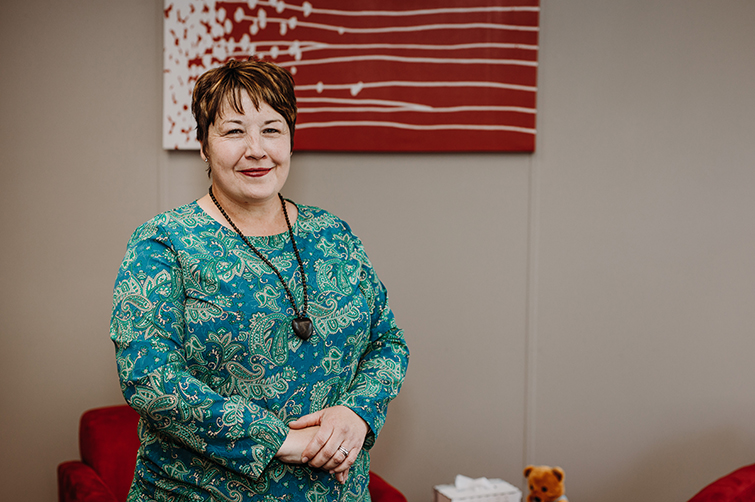22 December 2023
|
Story Michelle Nöthling
|
Photo Anja Aucamp
 According to Dr Munita Dunn-Coetzee, it is increasingly recognised that females with ADHD portray a different ‘picture’ in terms of behaviour, symptoms, and comorbidities when compared to males with ADHD.
According to Dr Munita Dunn-Coetzee, it is increasingly recognised that females with ADHD portray a different ‘picture’ in terms of behaviour, symptoms, and comorbidities when compared to males with ADHD.
I’m a failure as an adult. I’m a disappointment as a colleague. I’m a lousy friend. I’m a burden as a wife. I’m a bad mom and I’m constantly scrambling to try and hide it.
This is the secret interior reality of a group of neurodivergent adults who have been long overlooked by scientists and doctors alike. The Lost Generation. It is now recognised that there is an entire generation of women out there who have battled with ADHD (attention-deficit hyperactivity disorder) their entire lives – and don’t know it.
Women and girls living with ADHD
For decades, ADHD has been predominantly associated with hyperactive young boys bouncing off the walls. The reason for this widely-held misconception is due to the fact that studies originally focused on young European American boys – their symptoms becoming the benchmark for all. Women were not even included in ADHD studies until the late 1990s, and the first long-term study on girls was only conducted in 2002. The results? Girls’ ADHD symptoms bear little resemblance to those of boys. Dr Munita Dunn-Coetzee, Director of Student Counselling and Development at the UFS, agrees. “It is increasingly recognised that females with ADHD portray a different ‘picture’ in terms of behaviour, symptoms, and comorbidities when compared to males with ADHD. Females are less likely to be identified and referred for assessment, and their needs are less likely to be met.” Therefore, the majority of girls and women with ADHD remain un- or misdiagnosed.
But what does ADHD in women look like? First, let’s take a step back. There are three types of ADHD: the hyperactive type, the inattentive type, and the combined type – which includes both hyperactivity and inattention. Hyperactivity in females is much more likely to present internally, in the mind, and inattentiveness as daydreaming and disorganisation. This is much more than sitting still in class or having trouble with homework. Faced with behavioural and social pressures to perform, girls often learn to mask and overcompensate for their problems – making diagnosis even more difficult.
Carry the struggle to adulthood
When left untreated, girls with ADHD will most likely carry their struggle into adulthood. ADHD in adult women often results in chronic low self-esteem, self-loathing, feelings of inadequacy, sleeplessness, anxiety, depression, substance abuse, and eating disorders. Women with ADHD also typically present with tremendous time management challenges, chronic overwhelm, and exhaustion – exacerbated by societal pressures. The risk of self-harm and suicide attempts is also startlingly higher compared to their male counterparts.
There is tremendous hope, though. Drs Edward Hallowell and John Ratey – experts in the field who both have ADHD – describe ADHD as an array of traits specific to a unique kind of mind that can become a distinct advantage with appropriate treatment and support. ADHD is not a condemnation of character. Instead, it unveils a kaleidoscope of strengths and a unique constellation of traits deserving of celebration.